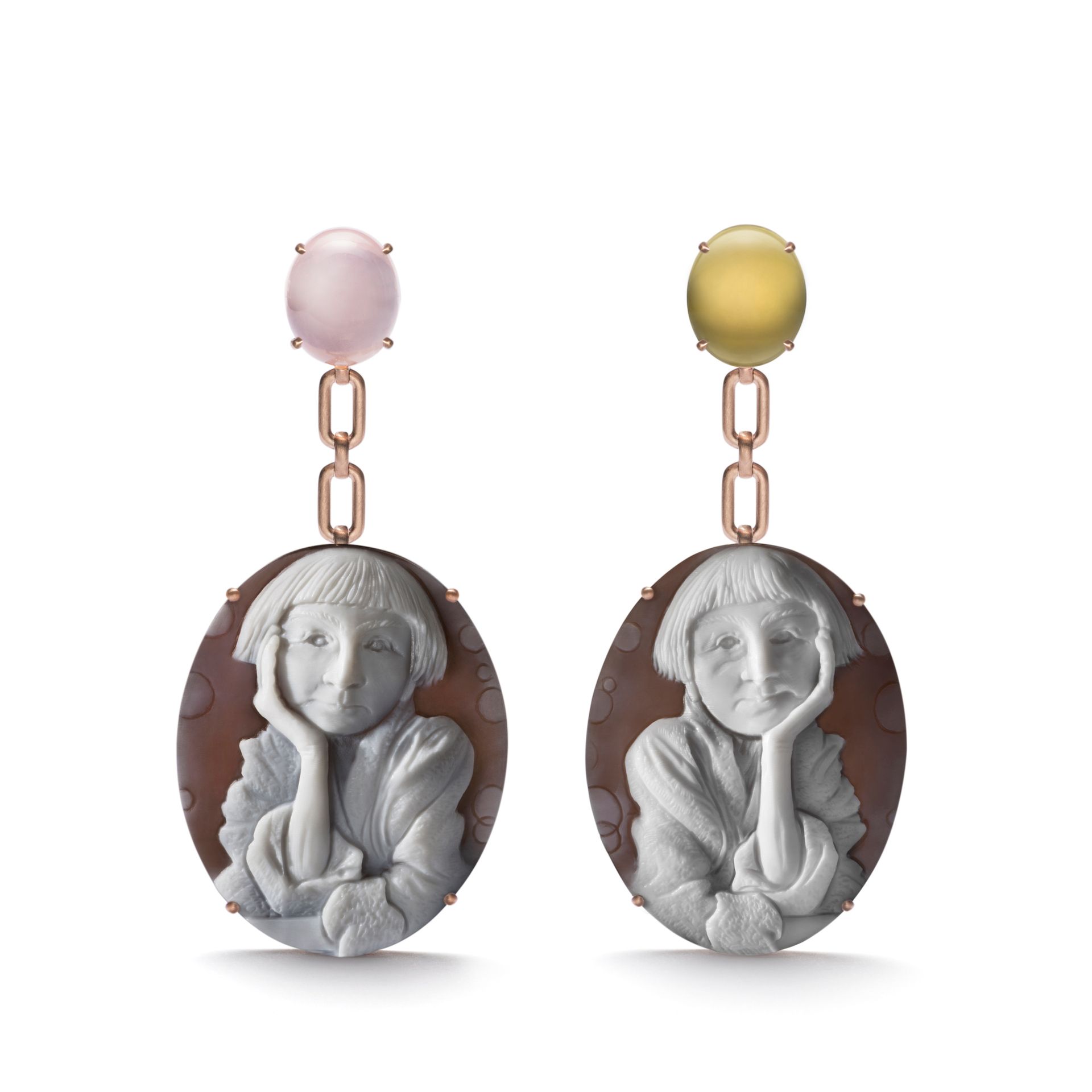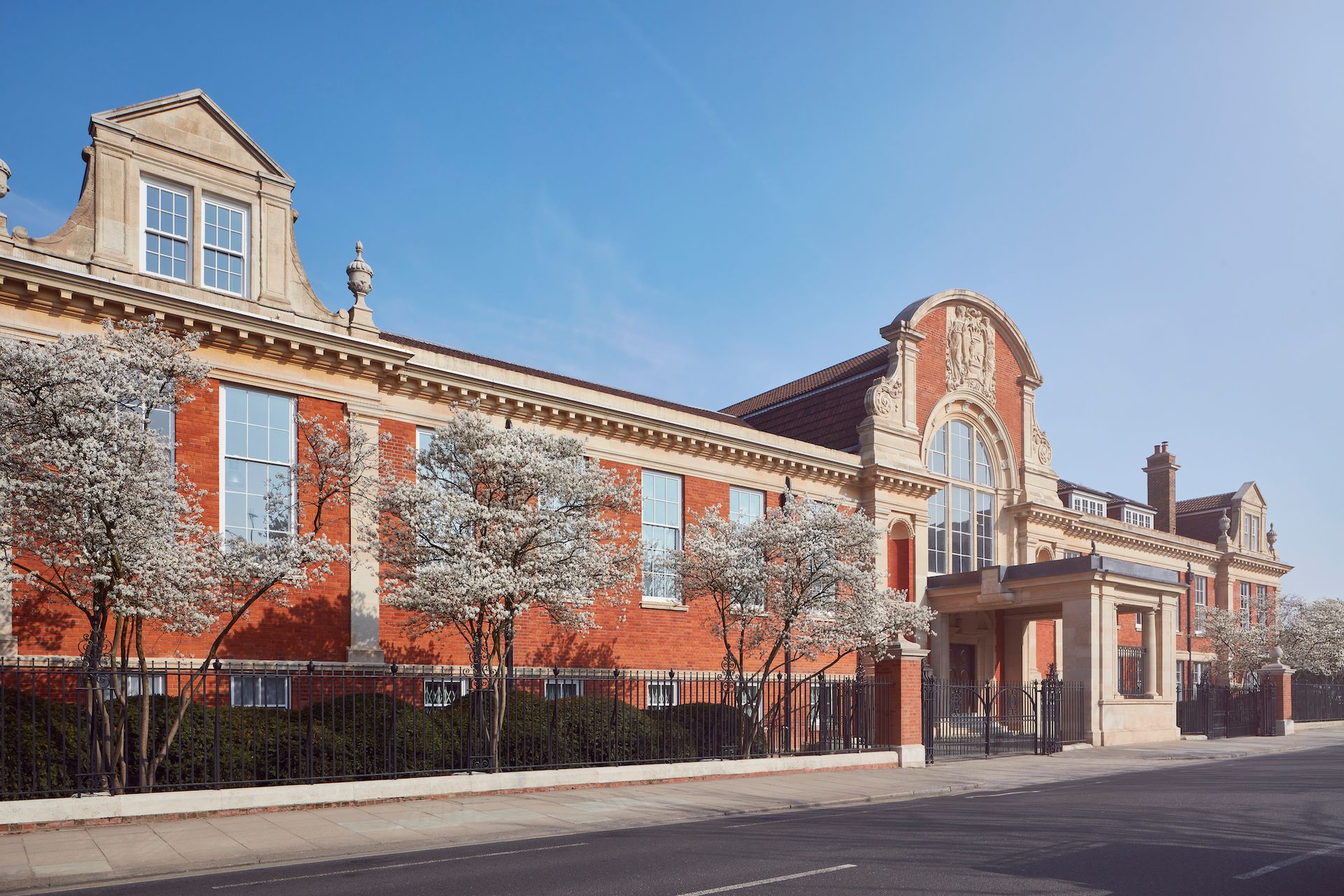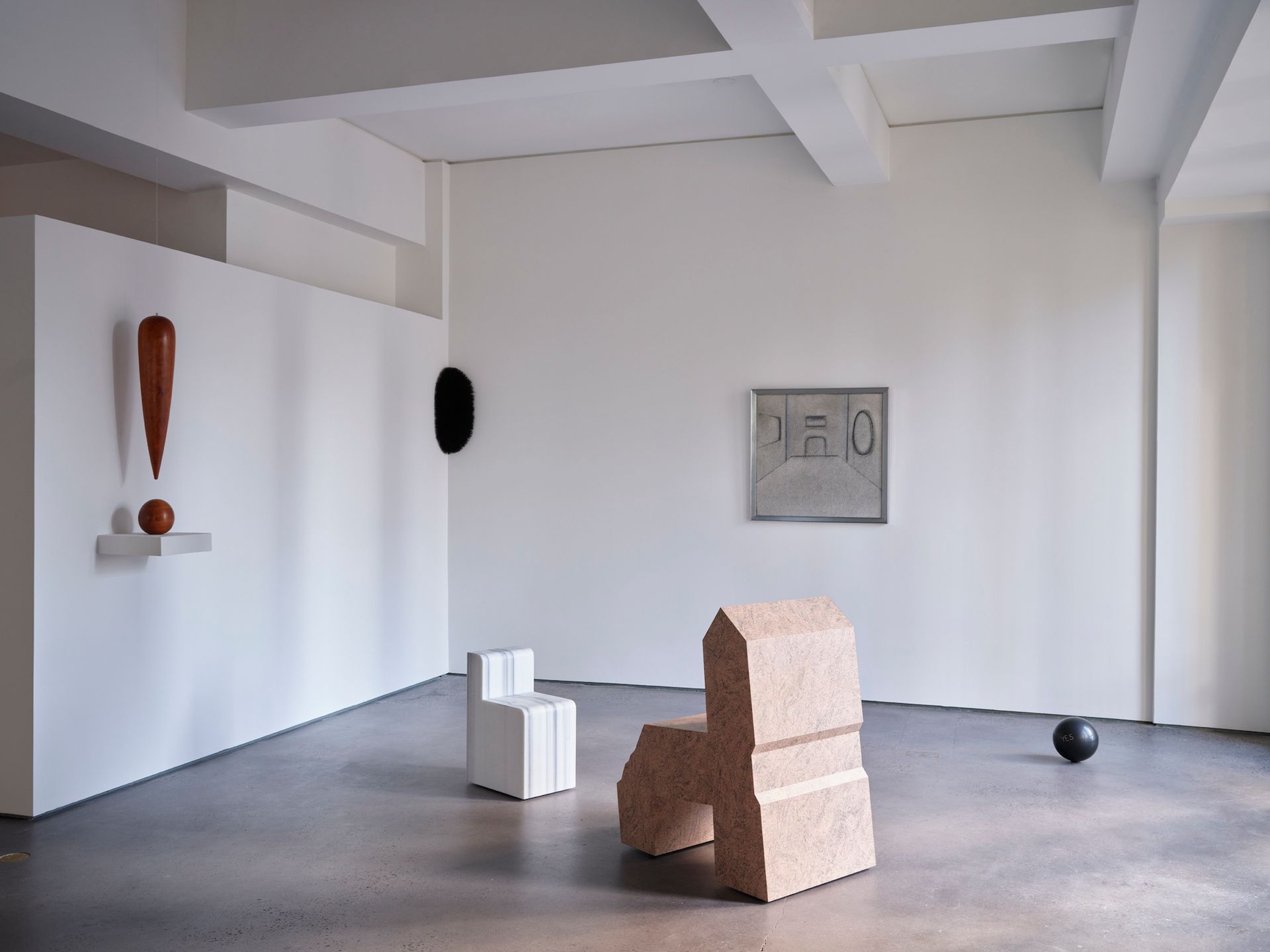Many have speculated on the shelf life of the white-cube gallery. Increasingly, institutions and commercial galleries alike are opting to show works in environments with more personality, not less. Currently at the Jewish Museum, for instance, the exhibition New York: 1962-1964 is clad in retro wallpaper, vignettes and bold colours cladding singular walls—in part designed by one of the biggest proponents of the white cube gallery, architect Annabelle Selldorf. “The field has widened, there’s much more that you see in terms of stage setting,” Selldorf says.
That idea is fundamental to the rising design gallery Carpenters Workshop, whose ambitious programming and eye-catching staging have propelled it to the forefront of the industry. “A big white box with only artworks? There’s no interaction with the clients, with the community,” says co-founder Loïc Le Gaillard. “Today, that is irrelevant.”
Just months after their inaugural London space opened in 2006, Le Gaillard and his partner Julien Lombrail decided to pivot from fine to functional art. “There’s something that’s more accessible to functional sculpture,” says Varja Kingsley, a former head of marketing at the gallery. “Everyone reacts to it.”

Pensive Earrings by Cindy Sherman, which were featured in Carpenters Workshop's stand at PAD London this month Courtesy of Cindy Sherman and Carpenters Workshop Jewellery
Since its conception, the gallery has added a host of important artists, designers and their estates to its roster, including Wendell Castle, Zaha Hadid, Atelier Van Lieshout, Rick Owens and Nacho Carbonell. The gallery’s high-profile clientele includes Brad Pitt, Roman Abromovich, Tom Ford and Peter Marino. Nowadays, the gallery is a fixture at most major art and design showcases, including events during the Venice Biennale and at fairs including Design Miami, The Armory Show and Tefaf. Earlier this month, the gallery took over two stands at PAD London, with one dedicated entirely to jewellry.
Now with outposts in Paris (including a massive research facility near Roissy airport), New York, Los Angeles and, next spring, an expansive space at Ladbroke Hall in London, the gallery has surpassed all their competitors in the art and design sector to become, effectively, a mega-gallery. An investment from French private equity firm Montefiore in 2020—reportedly worth multiple million dollars—not only made expansion more feasible, but also reflected a significant vote of confidence from a major funder.
The new Notting Hill outpost will add 43,000 sq. ft to the gallery’s global footprint. An impressive cohort of creative minds is working to transform the space, led by Ghanain-British architect David Adjaye.Visitors lured in by the art programming will be enticed to stay for the countless other offerings, including a new restaurant designed by Vincenzo de Cotiis and Michele Lamy’s pop-up art installation, bar-lounge and recording studio, Lamyland. Other amenities include a subterranean gallery and wine cellar, a 12,500 sq. ft garden, performance and event spaces, workshops and a supper club.

Ladbroke Hall. Courtesy Ladbroke Hall
Lombrail and Le Gaillard are reaching beyond the traditional framework of a gallery with their Ladbroke Hall project, making the complex a fitting architectural reflection of their approach to the market for art and design. “We have managed to penetrate all the different levels of collectors because design is much more democratic and easier to understand,” Le Gaillard says.
But rapid expansions usually comes with some fallout. Behind the glossy exterior, it’s been said that working at Carpenters Workshop is not without its challenges. One former employee compared the gallery’s early days to “the wild west”, adding that there was essentially no back-end office and no human resources department until very recently, likely contributing to numerous early staff members’ departures. “Some who have been there from the beginning are resistant to change,” the former employee adds, “while for others, it’s essential.”
While mega-galleries are no strangers to growing pains, major questions loom for Carpenters Workshop: can the comparatively thin profit margins for design objects (most of which are produced in large numbers, as opposed to unique paintings and sculptures) sustain the company’s ambitious expansion? Will the collectors they are courting see functional design objects as stable investments comparable to blue-chip artworks? And if so, what are the practical implications for collectors of the distinction between fine art and design objects?

Installation view of START! Stadler x Richard Artschwager, an exhibition curated by Glenn Adamson at Carpenters Workshop Gallery in New York, until 15 December 2022 Courtesy Carpenters Workshop Gallery
“The difficulty that could arise in such design objects as art in this context is that typically they are produced in higher quantities than singular works of art,” New York-based art lawyer Danny O’Neil says. “Partly what makes an artwork ‘significant’ and therefore tax exempt in certain scenarios is the rarity of the piece itself and the inherent inability to reproduce an artwork.”
However, Le Gaillard remains optimistic about the many upsides of the gallery’s programme and expansion. “The gallery comes with a vision, and translating this vision is even more important than the art itself,” he says, adding that a key part of the long-term business plan is to continue building an ecosystem that goes far beyond the objects they show.


